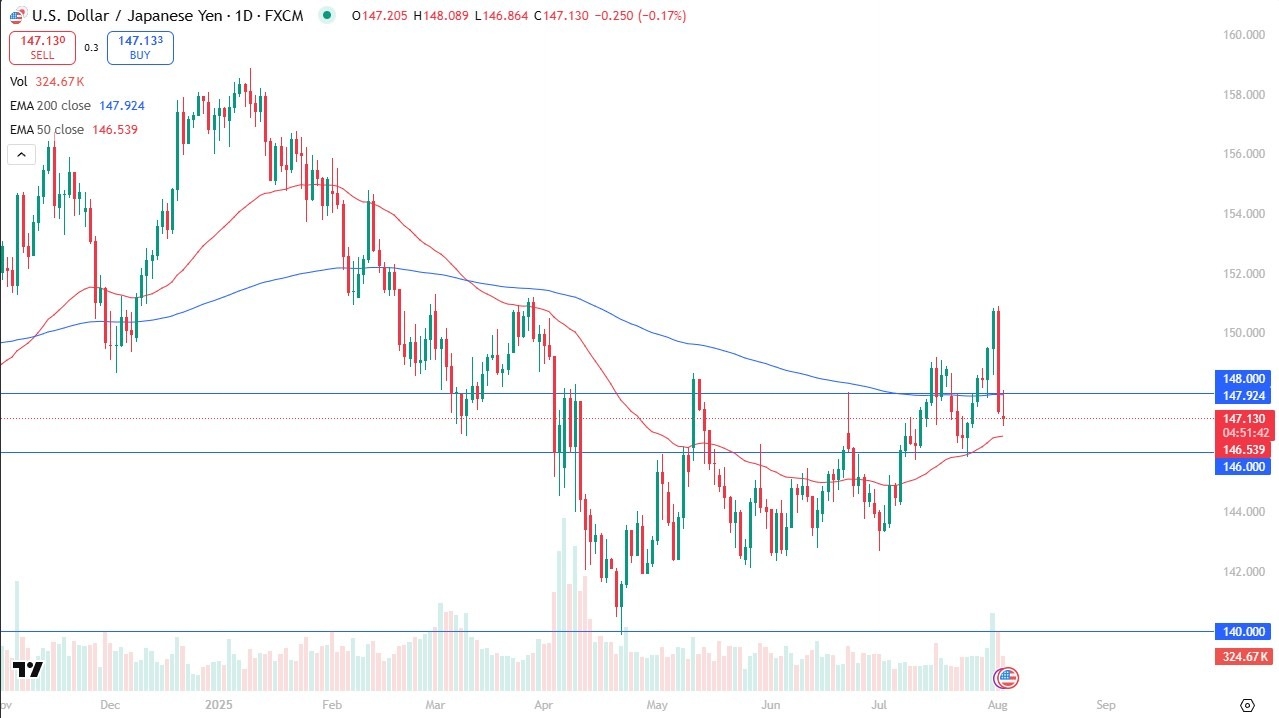Linea Integrates Lido V3 Staking to Boost ETH Yield for DeFi Users
Linea, an Ethereum Layer 2 (L2) solution, has announced the integration of Lido V3’s staking-as-a-Service (SaaS) infrastructure to power its native ETH yield program [1]. This initiative is designed to automatically generate staking rewards for ETH bridged into Linea and route those rewards to liquidity providers (LPs) and DeFi participants within the ecosystem. By leveraging Lido’s stVaults, Linea aims to deliver non-custodial, secure, and sustainable yield generation while enhancing capital efficiency and liquidity.
According to the project’s design, the integration will allow Linea to stake bridged ETH through Lido V3’s smart contracts, which are operated by Node Operators selected by Linea [1]. These contracts, known as stVaults, will manage the staking process in a trustless and transparent manner, with withdrawal keys controlled via a secure contract rather than any single entity. Furthermore, the system incorporates EIP-7002 to enable forced unstaking, reinforcing non-custodial guarantees in case of governance risks or operational failures.
To ensure liquidity and fast withdrawal times, Linea will maintain a Liquidity Buffer of unstaked ETH. If withdrawal demand exceeds capacity, users may receive stETH as a temporary alternative, which can be quickly liquidated on secondary markets [1]. This mechanism is designed to balance between capital efficiency and user experience, particularly under high-traffic conditions.
Governance safeguards are also a key component of the design [1]. A Native Yield Operator is tasked with managing the yield generation process, but users can trigger unstaking or rebalancing actions if liquidity thresholds are not met. This ensures that the system remains resilient to censorship and operational risks. An additional “escape hatch” mechanism allows the stVault to disengage from DAO control should a potential threat be detected, adding another layer of security.
By prioritizing non-custodial and permissionless operations, Linea is differentiating its model from other L2 platforms that rely on token emissions or grant programs to incentivize liquidity [1]. Instead, Linea’s approach offers a more stable and predictable yield environment, which could attract long-term capital and strengthen the DeFi infrastructure on its chain. The system is expected to improve trade execution, liquidity depth, and accessibility to borrowing and trading at scale.
However, some skepticism has been raised about the maturity of Lido V3’s stVaults, which have only been deployed for a short time and have not yet been tested at scale [1]. Critics suggest that more battle-tested alternatives, such as StakeWise V3 Vaults, might provide better risk mitigation. Despite this, Linea has not indicated any changes to its roadmap and remains on schedule for a planned launch in October 2025.
The success of Linea’s Native Yield program will depend heavily on its ability to attract and maintain liquidity. If it delivers on its promises, the chain could emerge as a leading destination for ETH capital seeking secure, high-yield opportunities within a robust DeFi framework.
Source:
Source link
Written by : Editorial team of BIPNs
Main team of content of bipns.com. Any type of content should be approved by us.
Share this article:








